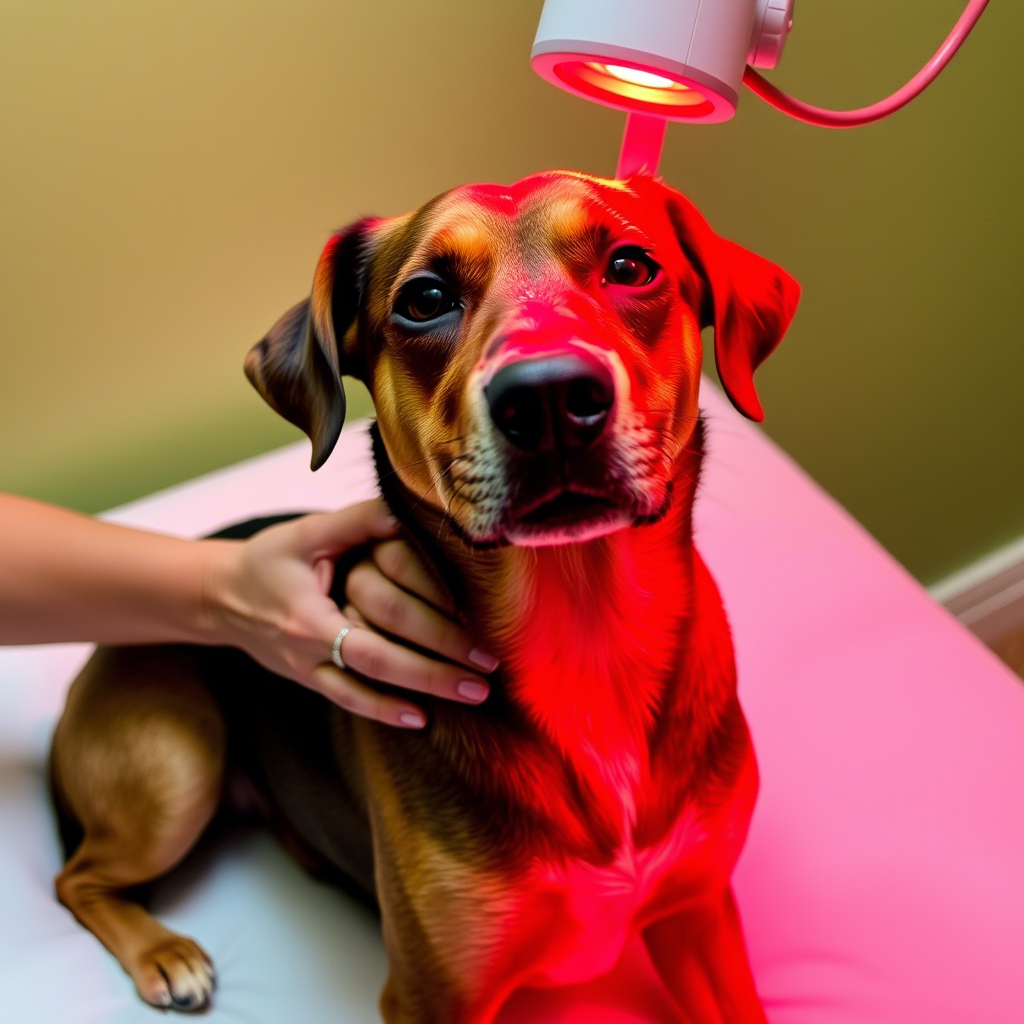VET laser therapy represents a significant advancement in veterinary care, offering a non-invasive, effective, and safe treatment option for a wide range of conditions.
VET Laser Therapy
VET Laser Therapy English
VET laser therapy, also known as low-level laser therapy (LLLT) or photobiomodulation (PBM), is a non-invasive treatment that uses low-intensity laser or light-emitting diodes to stimulate cellular processes, promoting tissue repair and healing. This therapy has gained significant attention in veterinary medicine due to its potential to alleviate pain, reduce inflammation, and enhance the overall well-being of animals. The application of VET laser therapy spans various species, including dogs, cats, and horses, making it a versatile treatment option for veterinarians. As the field continues to evolve, understanding the principles, applications, and benefits of VET laser therapy is crucial for veterinary professionals and pet owners alike. By exploring the current research, practical applications, and future prospects of this therapy, we can better appreciate its role in modern veterinary care.
Principles of VET Laser Therapy
VET laser therapy operates on the principle that low-level laser or light-emitting diodes can interact with cellular components, influencing biological processes. The therapy is characterized by its use of specific wavelengths, which are absorbed by cells, leading to various therapeutic effects.
- The most commonly used wavelengths in VET laser therapy range from 600 to 1000 nanometers, with red and near-infrared light being particularly effective for tissue penetration and therapeutic outcomes.
- The mechanism of action involves the stimulation of cellular respiration, increased ATP production, and modulation of inflammatory responses, ultimately contributing to enhanced healing and pain relief.
- Studies have demonstrated that LLLT can increase the production of growth factors, promote angiogenesis, and reduce oxidative stress, all of which are critical for tissue repair.

The application of VET laser therapy in a clinical setting involves careful consideration of several factors, including the type of condition being treated, the severity of the condition, and the individual animal's response to the therapy. For instance, a dog with an injured leg, as shown in the image, may benefit from laser therapy to accelerate healing and reduce pain.
Applications in Veterinary Practice
VET laser therapy has a wide range of applications in veterinary practice, from pain management and wound healing to the treatment of musculoskeletal disorders.
- Pain management is one of the most significant applications, with laser therapy offering a non-pharmacological alternative for managing chronic pain in animals.
- Wound healing is another critical area, where LLLT has been shown to enhance the healing process by promoting tissue repair, reducing bacterial load, and minimizing scar tissue formation.
- Musculoskeletal disorders, including osteoarthritis and tendonitis, can also be effectively managed with VET laser therapy, providing relief from pain and inflammation.
Benefits and Outcomes
The benefits of VET laser therapy are multifaceted, encompassing not only the therapeutic outcomes but also the safety and convenience of the treatment.
- One of the primary benefits is the non-invasive nature of the therapy, which eliminates the need for surgical intervention or the use of pharmaceuticals, thereby reducing the risk of adverse effects.
- VET laser therapy is also relatively quick, with treatment sessions typically lasting between a few minutes to half an hour, depending on the condition being treated and the size of the animal.
- The therapy can be used in conjunction with other treatments, such as physical therapy or medication, to enhance overall outcomes, as seen in the treatment of a horse's sore back area.
For more information on the equipment used in VET laser therapy, you can visit https://www.mbs-med.com/, a reputable source for veterinary medical devices.
Case Studies and Practical Examples
Several case studies and practical examples illustrate the effectiveness of VET laser therapy in various clinical scenarios.
- A notable example is the use of laser therapy in the treatment of canine osteoarthritis, where significant improvements in pain scores and functional ability have been observed.
- In equine practice, VET laser therapy has been used to treat tendonitis and other musculoskeletal injuries, with positive outcomes reported in terms of reduced inflammation and enhanced recovery.
- The image of a canine patient receiving red light therapy for pain relief highlights the therapy's potential for managing pain in a non-pharmacological manner.

Future Directions and Research
As VET laser therapy continues to evolve, ongoing research is crucial for fully understanding its potential and optimizing its applications.
- Current research is focused on elucidating the optimal treatment protocols, including the most effective wavelengths, dosages, and treatment frequencies for various conditions.
- The development of new technologies and devices is also an area of active research, with advancements aimed at improving the efficacy, safety, and accessibility of VET laser therapy.
- For further reading on the latest developments in laser therapy technology, you can explore resources such as https://www.mbs-med.com/, which provides insights into the latest innovations and research in the field.
Conclusion
VET laser therapy represents a significant advancement in veterinary care, offering a non-invasive, effective, and safe treatment option for a wide range of conditions. Through its application in pain management, wound healing, and the treatment of musculoskeletal disorders, VET laser therapy has demonstrated its potential to improve the lives of animals. As research continues to uncover the full benefits and optimal applications of this therapy, its role in modern veterinary practice is likely to expand. By staying informed about the latest developments and incorporating VET laser therapy into their treatment protocols, veterinarians can provide enhanced care for their patients, ultimately contributing to better outcomes and improved animal welfare.
